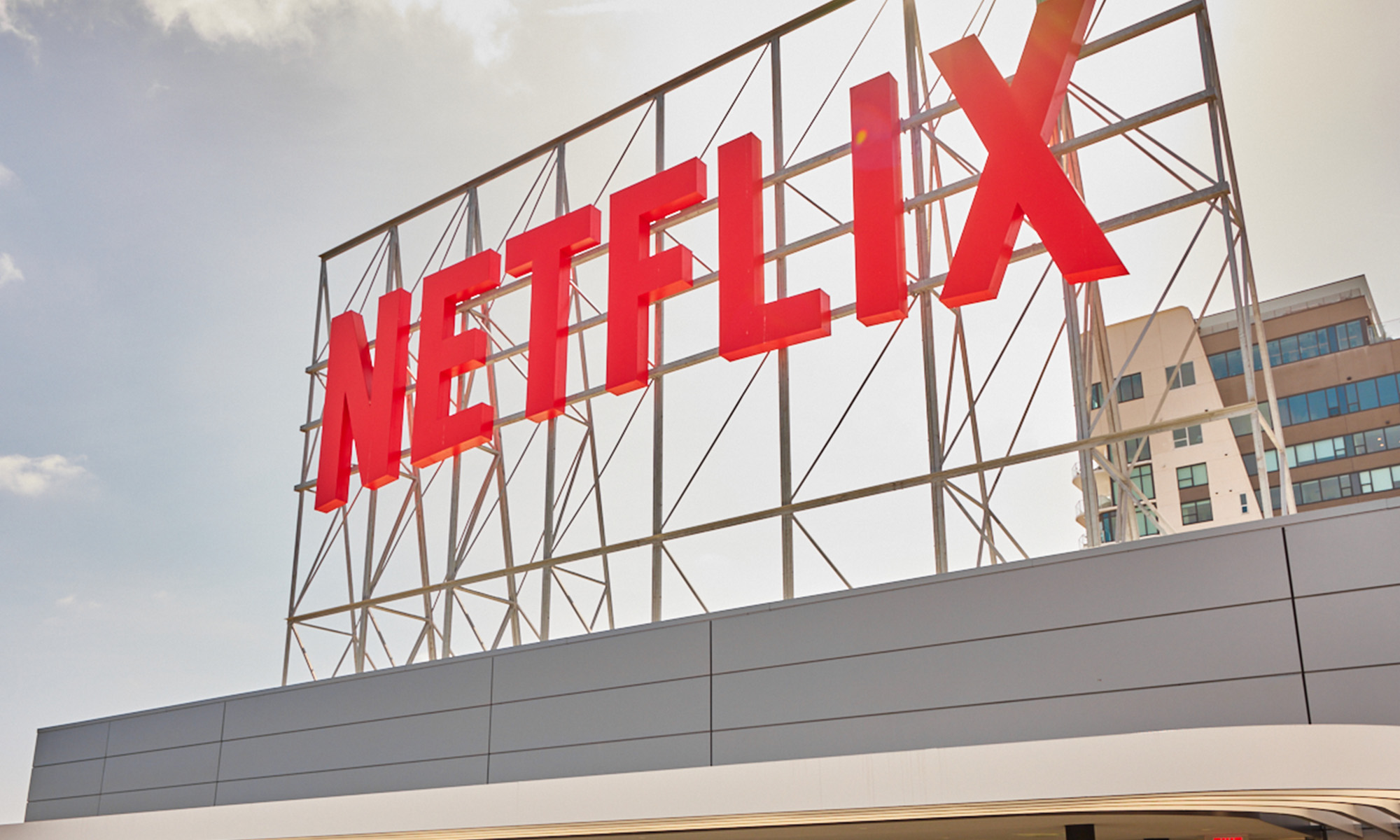In this segment from Industry Focus: Consumer Goods, Vincent Shen is joined by Fool.com contributor Danny Vena as they cover Netflix (NFLX 4.32%) and how its significant annual spending is yielding more subscribers -- now almost 120 million of them worldwide. Even at that scale, international markets still present a major opportunity for the company going forward.
A full transcript follows the video.
This video was recorded on Jan. 23, 2018.
Vincent Shen: Danny, diving deeper into the quarter in 2017, I want to hear more of your thoughts on some of the content in terms of their spending, and also the increased marketing that management spoke about during the call and press release. Both of those are investments that will be going up in 2018. What's going on there?
Danny Vena: Vince, Netflix has never been bashful about spending money on quality content. That's the key differentiator for them. They are willing to spend the money. They said they're going to hire the talent, they're going to hire the people that can produce the best content, give them what they need to get it done, and just let them go without interfering. One of the things I saw was, Netflix management said they're going to spend an estimated $8 billion on content in 2018, which is higher than 2017. The other interesting thing they said was, they're not stopping there. That number is going higher in 2019 and 2020.
Now, Netflix has said that this content strategy is working based on revenue growth, based on subscriber growth, based on all of the testing that they do in their markets, so they're going to continue to spend heavily. But one of the other things they announced yesterday -- and this is the first time I've heard about this -- is they're planning on increasing their marketing spend from about $1.25 billion to about $2 billion in marketing. That's about a 56% increase in the advertising that they're using to attract new subscribers.
Shen: Yeah. And on the earnings call, Ted Sarandos, who is Chief Content Officer at the company, he had a quote that I think really encapsulates how Netflix can spend so aggressively on content. He said, "A good story told well is a global product." And that was in reference to some of their newer stuff. They had the movie Bright, they also had Stranger Things season two, which was a big hit. The great content that Netflix churns out, the films and TV series that get a lot of rave reviews, they've got a ton of award nominations and wins recently, the company has already invested and developed a means of distribution to its over 100 million subscribers, so that quality content can reach an audience without borders there.
And in terms of the international audience, I think that was another major area of progress. The international expansion is about two years old now. The company is still establishing its audience in some newer markets. What did the company have to say about its international segment?
Vena: Vince, they're pretty excited about the fact that the international subscriber base is growing as quickly as it is. I focused in on one key comment. When an analyst on the conference call asked them, how was the international growth going, could they call out any key markets, how are things doing in Asia, and management initially said, "We're not going to call out specific geographies." However, they said, "Initially, what we're seeing is that growth across the world looks like it did in Latin America a couple of years in." And that was pretty key for me, because, I covered this information probably late last year, looking at how some of their earlier international markets were going. And Latin America was one of those.
And looking at some statistics here: Netflix first entered the market of Brazil in 2011. Four years later, they had achieved a 44% penetration in that market. And surveys done last year by RBC Capital showed that 77% of Brazilians watch Netflix, up from 71% the year earlier. That's huge, 77%. And of those people that watch Netflix, 90% of the subscribers were either extremely satisfied or very satisfied with the service. Now, they've done some similar surveys in the UK and France and Germany, and they're seeing essentially the same thing across the board. The penetration levels are there. Particularly looking at where we are in the United States, the U.S. market has over 50% penetration, although they haven't said exactly how much. But if they can achieve those kinds of penetration levels in their international markets over time, this Netflix train is not going to stop.
Shen: Sure. What that tells me too is they have these various markets where they've tested, and they've seen really strong progress, and they can take that model they develop and apply it to areas where they don't have as high penetration. And it all ties into their content strategy. They're producing more and more originals across the world, all different languages, to cater to all these different audiences and markets. And at the same time, those can have the global appeal as well, you'll have hits that will work internationally and in the U.S. market, and that's all coming together for the company.
The last thing I want to talk about is some of the risks and challenges for this company. Before we do that, I want to round back and talk a little bit about the bottom line for the company. They had some updates on their contribution margin and the profitability there. Can you give us a quick overview on how that's looking, how that's piecing together for the company?
Vena: Sure. Contribution margin is a non-GAAP measure, it's something that Netflix came up with because they believe it will provide investors with a clearer picture of where the company is going, where the growth is. Their contribution margin is the combination of revenues less the cost of revenues and the marketing expenses. And they reveal what that number is every quarter going back for quite some time. In this most recent quarter, the contribution margin in its domestic market was 34%. Looking internationally, the contribution margin was only 8%. So essentially, over time, once Netflix gets done building out their library of content in a particular geography, that contribution margin is going to increase. Essentially, they're going to be able to make 4x or 5x the amount of money in each international region than they're making currently, which is really going to drive those profits.
Shen: Yeah. And there was a big swing for that international contribution margin. You mentioned it was at 8%, but that was a swing from negative levels around that same percentage, so a complete reversal for this latest quarter, too.
Vena: And that's something that Netflix telegraphed. About a year ago, they were saying that the contribution margin internationally was going to improve substantially, but they were still expecting it to be negative. But as they got into the year, and as they got so many more international subscribers than what they were forecasting, the international contribution margin actually went positive this year, sooner than what Netflix management had anticipated.






